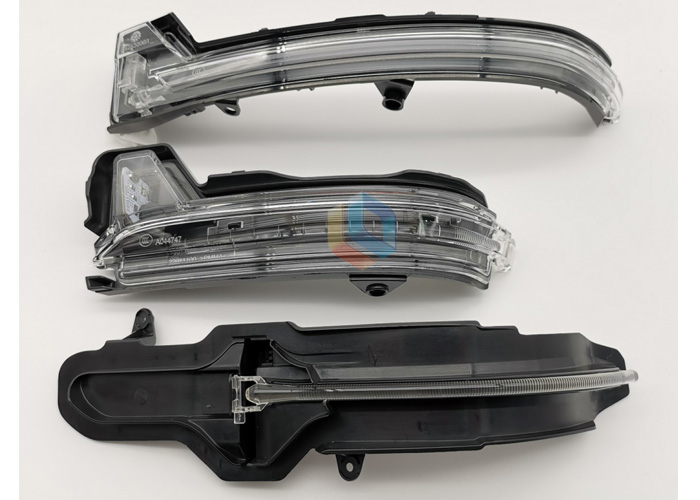

Bai Shui Chao
Email: dl-bsc@dlsjmj.com
Telephones: 13962423309
Mark Yen
Email: dl-mark@dlsjmj.com
Telephones: 17312472090
TEL:0512-57170368
FAX:0512-57170328
HTTP://www.jiamengba.net
Add: No.218 South Yucheng Road Kunshan City Jiangsu Province China.
The plastic mold structure mainly includes a die with variable cavity composed of a die combination base plate, a die assembly and a die combination card plate, and a die with variable core composed of a die combination base plate, a die assembly, a die combination card plate, a cavity cutting assembly and a side cutting combination plate.
In order to improve the properties of plastics, it is necessary to add a variety of auxiliary materials, such as fillers, plasticizers, lubricants, stabilizers, colorants, etc., in order to become plastics with good properties.

1. Synthetic resin is the most important component of plastics, its content in plastics is generally 40% - 100%. Because of its high content and the properties of resin often determine the properties of plastics, people often regard resin as a synonym of plastics. For example, PVC resin and PVC plastic, phenolic resin and phenolic plastic are confused. In fact, resin and plastic are two different concepts. Resin is a kind of raw polymer, which is not only used to make plastics, but also used as raw materials for coatings, adhesives and synthetic fibers. In addition to a very small part of plastics containing 100% resin, the vast majority of plastics, in addition to the main component resin, also need to add other substances. 2. Filler is also called filler. It can improve the strength and heat resistance of plastics, and reduce the cost. For example, adding wood powder to phenolic resin can greatly reduce the cost, make phenolic plastic one of the cheapest plastics, and significantly improve the mechanical strength. Fillers can be divided into organic fillers and inorganic fillers, the former is wood powder, rags, paper and various fabric fibers, the latter is glass fiber, diatomite, asbestos, carbon black, etc.
3. Plasticizer plasticizer can increase plasticity and softness of plastics, reduce brittleness, and make plastics easy to be processed and formed. Plasticizers are generally non-toxic, odorless, light and heat stable organic compounds with high boiling point, the most commonly used are phthalates. For example, in the production of PVC plastics, if more plasticizers are added, soft PVC plastics can be obtained. If no or less plasticizers are added (dosage < 10%), rigid PVC plastics can be obtained.
4. Stabilizer in order to prevent the decomposition and damage of the synthetic resin by light and heat in the process of processing and use, and to extend the service life, stabilizer should be added to the plastic. Commonly used stearate, epoxy resin, etc.
5. Colorant colorant can make plastics have all kinds of bright and beautiful colors. Organic dyes and inorganic pigments are often used as colorants.
6. The function of lubricant is to prevent the plastic from sticking to the metal mold when it is forming, and to make the plastic surface smooth and beautiful. Commonly used lubricants are stearic acid and calcium magnesium salt. In addition to the above auxiliaries, flame retardant, foaming agent and antistatic agent can also be added to the plastic.